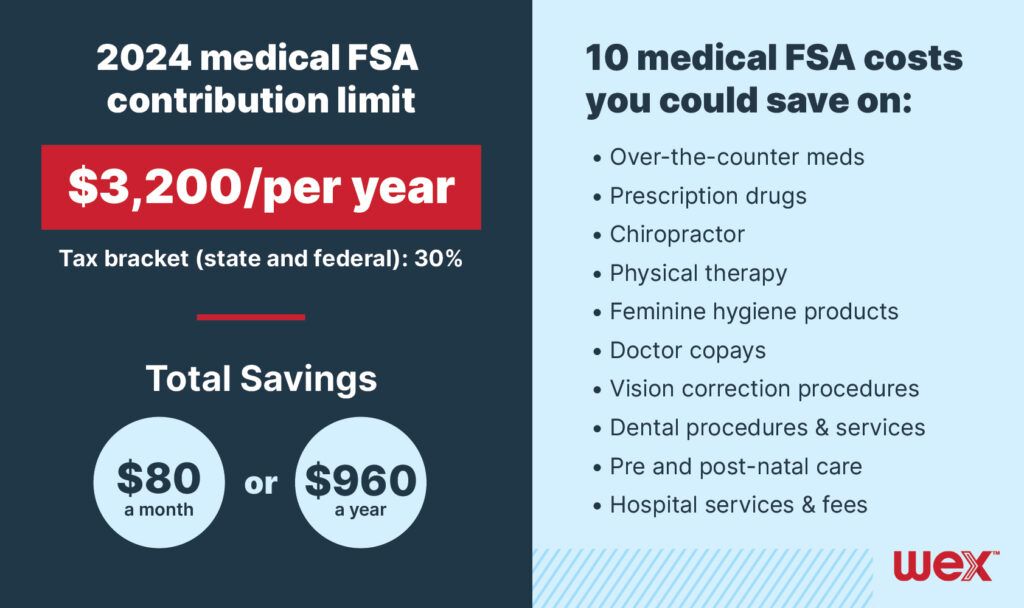Stay connected
Subscribe to our health benefits blog and follow us on social media to receive all our health benefits industry insights.

A flexible spending account (FSA) grace period gives your FSA participants more time to spend down their FSA balances. In the second post in our FSA flexibility blog series, we break down FSA grace periods.
A grace period gives participants additional time to incur FSA-eligible expenses beyond the plan year end date. It applies to a medical FSA or dependent care FSA.
The IRS allows employers to permit a grace period of up to 2 ½ months. For example, if your FSA’s plan year runs from January 1, 2023 through December 31, 2023, then the maximum allowed grace period would let participants incur FSA eligible expenses through March 15, 2024 for their 2023 plan year.
The employer determines how long the grace period is (within the IRS’ 2 ½-month limit).
No. You can offer either a carryover or grace period, but not both.
Since FSAs are governed by the IRS’ use-or-lose rule, your participants forfeit their unused FSA funds at the end of the plan year. A carryover or grace period provides them with peace of mind, either with carryover funds or more time to spend funds. By providing them with more flexibility, your participants might be more likely to participate in your FSA year after year, allowing you and them to save more money.
Check out our first blog post in the series to learn more about FSA carryovers.

The information in this blog post is for educational purposes only. It is not legal or tax advice. For legal or tax advice, you should consult your own counsel.
Subscribe to our health benefits blog and follow us on social media to receive all our health benefits industry insights.